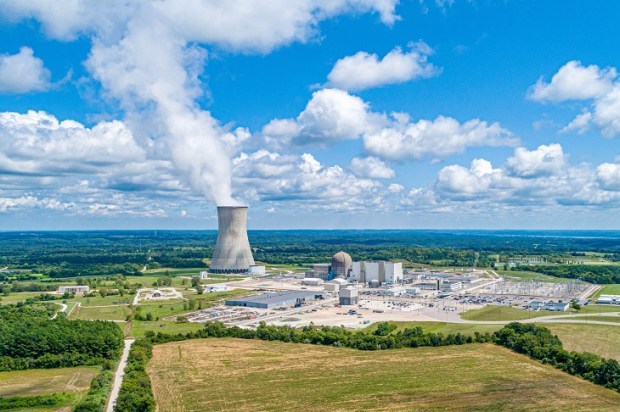Australian governments are in denial but it’s clear that the great green revolution they planned for energy supply has failed abysmally. Supply has become precarious and electricity prices to households and commercial users alike are skyrocketing. This is threatening the ongoing viability of industries like nickel and aluminium smelting where energy accounts for a third of the costs.
Rather than abandoning the folly of an energy policy dictated by ideology and bereft of industry knowledge, governments are responding with ever more market interventions.
Already a subscriber? Log in
Subscribe for just $2 a week
Try a month of The Spectator Australia absolutely free and without commitment. Not only that but – if you choose to continue – you’ll pay just $2 a week for your first year.
- Unlimited access to spectator.com.au and app
- The weekly edition on the Spectator Australia app
- Spectator podcasts and newsletters
- Full access to spectator.co.uk


























Comments
Don't miss out
Join the conversation with other Spectator Australia readers. Subscribe to leave a comment.
SUBSCRIBEAlready a subscriber? Log in